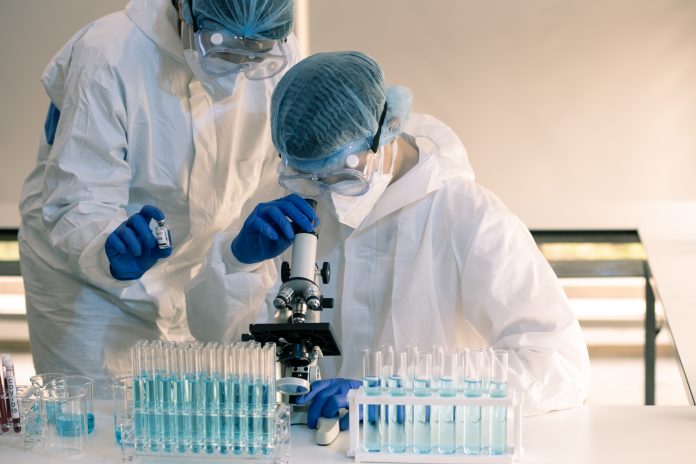New data from the Oxford COVID vaccine trial shows that the UK antidote is working well at Phase two, with defining percentages expected after Phase Three is complete
While the US is currently the frontrunner in imminent vaccines via Moderna, Pfizer and BioNTech, the UK is not far behind with the Oxford University and AstraZeneca vaccine that is currently in Phase Three of clinical trials.
The COVID-19 pandemic is becoming a constant in peoples’ lives, but vaccine news is increasing. The situation in the US is devolving, as the country passed a dark milestone yesterday of 250, 000 people dead from COVID-19. This turn of events is giving incentive to the Food and Drug Administration to get the Moderna or the Pfizer vaccine through post-Phase Three approvals as fast as possible, but what about the UK?
The AstraZeneca and Oxford COVID vaccine
This is the most promising vaccine within the UK. The trial currently has 30,000 participants who have taken the vaccine, known to scientsits as AZD1222.
In September, Phase 3 testing paused briefly as one individual had a suspected case of transverse myelitis, an inflammation of the spinal cord. It was unclear why or what caused this – but trials are currently on track. This is the vaccine that the UK Government are most confident about. AstraZeneca have even made a deal with Europe’s Inclusive Vaccines Alliance (IVA), to supply up to 400 million doses of the UK COVID-19 vaccine. Deliveries are expected to start by the end of 2020, suggesting that the beginning half of 2021 would be an expected time (same as all the other Phase Three vaccines) to start using them.
Co-author Dr Maheshi Ramasamy, University of Oxford, UK, commented on the new data: “The robust antibody and T-cell responses seen in older people in our study are encouraging. The populations at greatest risk of serious COVID-19 disease include people with existing health conditions and older adults.
“We hope that this means our vaccine will help to protect some of the most vulnerable people in society, but further research will be needed before we can be sure.”
The Oxford COVID vaccine works, but percentage is unknown
With older adults being the most high priority target of any vaccine, all eyes are on how any proposed antidote works on this generation. The information released recently shows that a significant portion of the clinical trial adults were over the age of 70, (240 out of 560), and that they actually took to the vaccine better than younger adults.
However, the vaccine gave a similar protection across the age groups. Unfortunately, no information released from this Phase Two analysis discusses an efficacy percentage – how well the vaccine works to literally eradicate COVID-19, which is famously at 90% in Pfizer and 94.5% in Moderna. Right now, Phase Three is happening and the population of the UK is waiting with baited breath.
Are there any side effects to the vaccine?
The vaccine was found to cause very few side effects. It also creates an immune response in both parts of the immune system, in all age groups and at different doses. This is good news, as a lower dose appears to be effective.
It took 14 days after vaccination for the immune system to find and attack cells infected with COVID-19, while antibodies were generated within 28 days of the second injection. Phase Three trials will now look to confirm the exact figures, percentages and how this impacts older adults with key vulnerabilities like hypertension or diabetes. Right now, only adults around 73 to 74 years old, with few health conditions have been examined. Adults over the age of 80 are the biggest vulnerability in age, and they will be further investigated during Phase Three.
Co-author, Professor Sarah Gilbert, University of Oxford, UK, says:
“The WHO has outlined a number of critical factors for COVID-19 vaccines, including that they must be targeted at the most at-risk groups including older adults. They must also be safe, effective in preventing disease and/or transmission, and provide at least six months of protection for people frequently exposed to the virus – such as healthcare workers.
“Our new study answers some of these questions about protecting older adults, but questions remain about effectiveness and length of protection, and we need to confirm our results in older adults with underlying conditions to ensure that our vaccine protects those most at risk of severe COVID-19 disease.”











